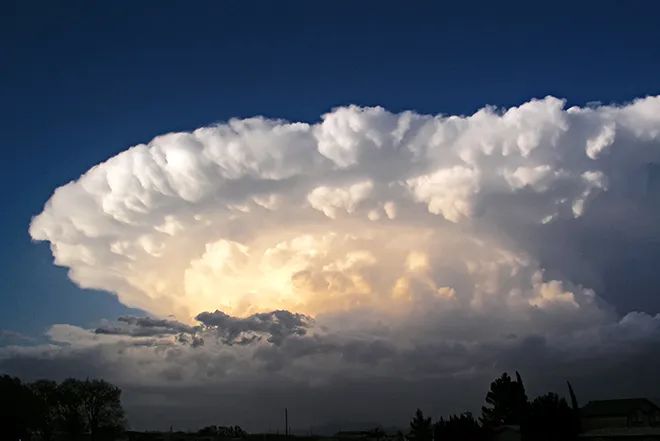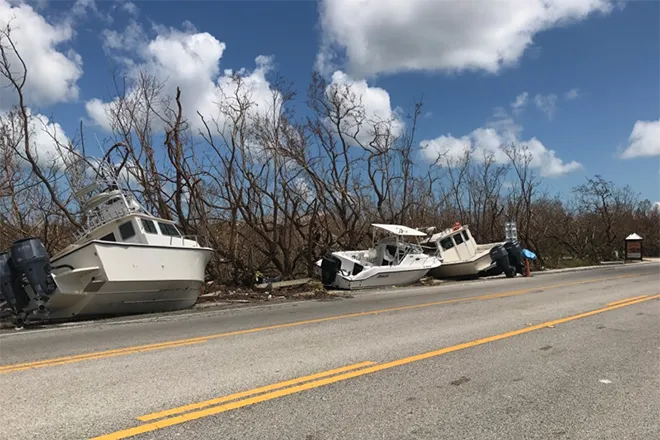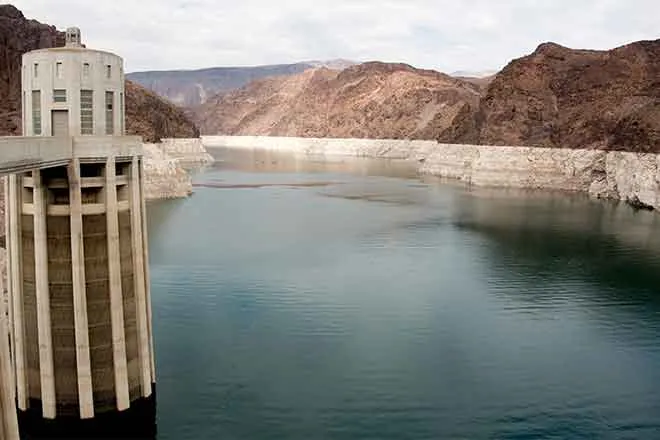
‘Dead zone’ in the Gulf of Mexico predicted to be bigger than average this summer
(Louisiana Illuminator) The “dead zone” forms in the Gulf of Mexico every summer. It’s caused by nutrients such as nitrogen and phosphorus, largely from farm fertilizer and municipal runoff, which are carried down the Mississippi River and into the gulf. Algae feeds on those nutrients and when it dies, bacteria deplete oxygen in the water, causing marine life to die or avoid the area.
This year, the National Oceanic and Atmospheric Administration is forecasting the size will be 5,827 square miles, 5 percent larger than the long-term average.

© NOAA's National Ocean Service
The prediction is based on the amount of nutrients monitored by the United States Geological Survey along the river. The agency also found this year that the amount of nitrates were below average and the amount of phosphorus was above average. Nitrates are typically more impactful on the dead zone.
A multi-state, multi-agency Mississippi River/Gulf of Mexico Hypoxia Task Force was created in 1997 to address the issue, and since then billions of dollars have been spent to decrease the flow of nutrients, with a goal of reducing the size of the dead zone to 1,900 square miles by 2035.
“Even with the reduced loading amounts, the area is still predicted to be much larger than the 2035 goal set by the task force,” said David Scheurer, an oceanographer at NOAA’s National Centers for Coastal Ocean Science.
Because most of the nutrients causing the dead zone come from fertilizer being used on farms in the upper Mississippi River basin, to do that farming practices need to be changed.
“Year-to-year fluctuations in the dead zone are driven primarily by weather in the Corn Belt, but the long-term trends are driven by nutrient loads from agriculture,” said Don Scavia, professor emeritus at the University of Michigan School for Environment and Sustainability. Increased rainfall in the upper basin can cause more runoff into the river, so climate plays a factor each year.
“Lack of a downward trend in the dead zone illustrates that current efforts to reduce those loads have not been effective,” Scavia added in a press release. “Clearly, the federal and state agencies and Congress continue to prioritize industrial agriculture over water quality.”
Alisha Renfro, a coastal scientist with the National Wildlife Federation, said while there are many state-by-state efforts to reduce runoff, they haven’t been very successful.
“I think it points to the fact that when it comes to managing the Mississippi River, we have to think bigger,” she said.
She said states need to work together more to address the problem, and officials should consider a larger management plan for the entire river. Wetland restoration also plays a role in reducing hypoxia, as wetlands naturally filter out nutrients.
NOAA’s forecast is based on the amount of nutrients monitored by USGS in the system, so depending on weather, and whether hurricanes stir up water in the gulf this summer, what the scientists actually measure in August could differ. In fact, NOAA’s monitoring trip last yearfound the actual size of the dead zone was smaller than predicted.
“The last several years, our predictions have not really matched up with reality,” said Cassandra Glaspie, a professor in the Department of Oceanography & Coastal Sciences at Louisiana State University who helps measure the dead zone.
Another forecast from her colleagues at LSU, which is still being peer-reviewed, contradicts NOAA’s forecast, arguing that rising ocean temperatures will decrease the size this year. Glaspie co-authored the study that informed this model. She said higher temperatures can affect the food web, which can affect oxygen levels.
“This will be a good test case, if we can get out there in August and we don’t have any bad storms or wonky wind or whatever,” she said.
She said having funding for research to continue this modeling is important. Though there is more money for reducing nutrient pollution in the Bipartisan Infrastructure Law, the Biden Administration is proposing cuts in funding to NOAA for harmful algal bloom and hypoxia research in fiscal year 2025.
She said that’s concerning especially because of the effect hypoxia is having on the fisheries in the Gulf.
“I think the logical thing would be to spend our money intelligently on an evidence-based approach for maintaining and expanding sustainable fisheries in coastal areas,” she said. “Rather than just cutting funding for monitoring and leaving these problems to continue to fester.”
This story is a product of the Mississippi River Basin Ag & Water Desk, an independent reporting network based at the University of Missouri in partnership with Report for America, with major funding from the Walton Family Foundation. The National Wildlife Federation and LSU have also received Walton funding.
Louisiana Illuminator is part of States Newsroom, a nonprofit news network supported by grants and a coalition of donors as a 501c(3) public charity. Louisiana Illuminator maintains editorial independence. Contact Editor Greg LaRose for questions: info@lailluminator.com. Follow Louisiana Illuminator on Facebook and X.

















